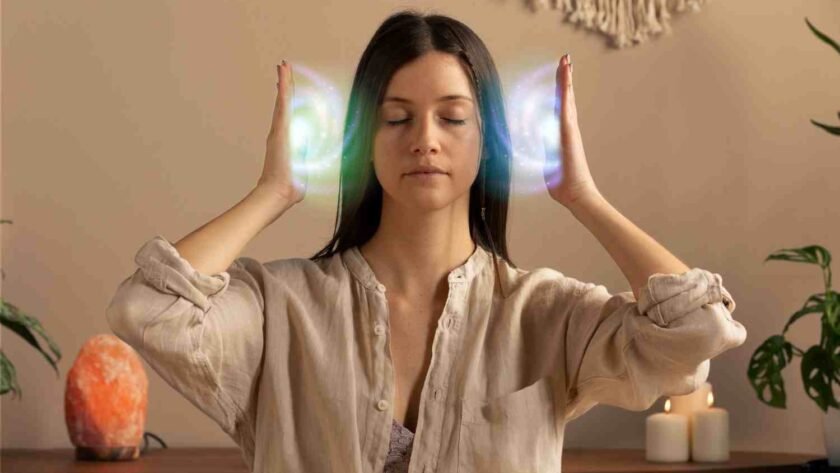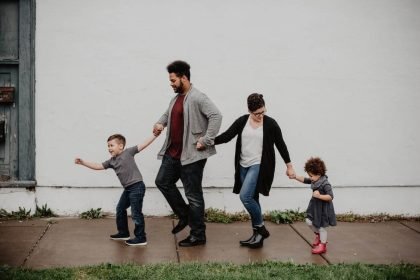Emotions can be hard to put into words. When life feels overwhelming, many people find comfort in creative outlets like music and art. These forms of expression have been used for centuries to process feelings, connect with others, and heal from pain. Today, science supports what humans have always known: music and art are powerful tools for emotional healing.
The Power of Creative Expression
Creative expression gives people a safe way to release emotions they might otherwise keep inside. Unlike conversations, which rely on language, music and art bypass barriers and reach deeper emotional layers.
- Music allows us to feel understood through melody and rhythm.
- Art gives us a visual way to explore inner thoughts and experiences.
Both practices reduce stress, strengthen resilience, and provide meaning in difficult times.
Music and the Brain
Music doesn’t just touch the heart—it changes the brain.
- Research in Frontiers in Psychology shows that listening to music activates brain regions linked to emotion, memory, and reward, releasing dopamine—the “feel-good” chemical【Chanda & Levitin, 2013】.
- A study in The Journal of Positive Psychology found that people who listened to upbeat music reported greater happiness within two weeks【Ferguson & Sheldon, 2013】.
- According to the American Music Therapy Association (AMTA), music therapy reduces symptoms of depression and anxiety in patients across age groups【AMTA, 2020】.
Music not only helps process emotions but also creates a sense of connection, reminding us we are not alone in our struggles.
Art and Emotional Healing
Art is another way to explore emotions and reduce stress. Drawing, painting, or sculpting can uncover feelings that may be hard to express verbally.
- A study published in Art Therapy found that 45 minutes of creative activity significantly lowered cortisol levels, the stress hormone【Kaimal et al., 2016】.
- Art therapy is widely used in mental health care. The American Art Therapy Association highlights its benefits for trauma recovery, emotional regulation, and self-esteem【AATA, 2021】.
- For children and adolescents, art provides a gentle way to express emotions they might not yet have words for.
By externalizing inner struggles onto canvas or clay, people often feel lighter, more grounded, and more in control.
Music, Art, and Trauma Recovery
For those healing from trauma, creative therapies can be especially powerful. Trauma often overwhelms language-based memory, making it difficult to talk about experiences. Music and art bypass this barrier by engaging sensory and emotional pathways.
- A review in Trauma, Violence, & Abuse reported that art and music therapy reduce symptoms of post-traumatic stress disorder (PTSD) by helping individuals process traumatic memories in non-verbal ways【Haeyen et al., 2015】.
- Veterans and survivors of violence have reported significant emotional relief through drumming circles, songwriting, and expressive art workshops.
These creative outlets offer both safety and empowerment in the healing journey.
Community and Connection Through Creativity
One of the most healing aspects of music and art is the way they connect people.
- Singing in choirs, playing in bands, or attending concerts creates a sense of belonging.
- Community art projects—like murals or group workshops—foster collaboration and shared meaning.
According to research in Psychology of Music, group music-making strengthens social bonds and reduces feelings of isolation【Creech et al., 2013】. For many, the simple act of creating alongside others provides comfort and hope.
Everyday Ways to Use Music and Art for Healing
You don’t need to be a trained musician or artist to experience the benefits. Small, simple practices can make a big difference in daily life.
Music
- Create playlists that match or shift your mood.
- Sing in the shower, car, or with friends.
- Try drumming, humming, or playing an instrument as a stress release.
Art
- Keep a sketchbook for doodling or journaling.
- Use colors to represent your emotions in drawings or paintings.
- Try adult coloring books as a calming activity.
These practices are about expression, not perfection. The healing comes from the process, not the outcome.
The Role of Professional Creative Therapies
While personal use of music and art is valuable, structured therapies offer deeper support.
- Music therapy uses listening, songwriting, or instrument playing guided by a trained therapist. It’s used in hospitals, schools, and counseling settings.
- Art therapy involves drawing, painting, or sculpting with the support of a therapist to explore emotions and promote healing.
These therapies are particularly effective for people coping with trauma, grief, chronic illness, or mental health conditions.
Why Creativity Boosts Resilience
Both music and art strengthen resilience by helping people:
- Process and release difficult emotions.
- Gain perspective on struggles.
- Build self-confidence through creation.
- Find moments of joy even in hard times.
In the long run, these practices train the brain to handle stress more effectively, leading to greater emotional balance.
Conclusion
Music and art are not luxuries—they are powerful tools for healing and growth. Whether through listening to a favorite song, sketching emotions onto paper, or joining a creative group, these practices reduce stress, support trauma recovery, and strengthen resilience.
The most important lesson is this: you don’t need talent to heal through creativity. What matters is allowing yourself to express, connect, and find meaning through the universal languages of music and art.





